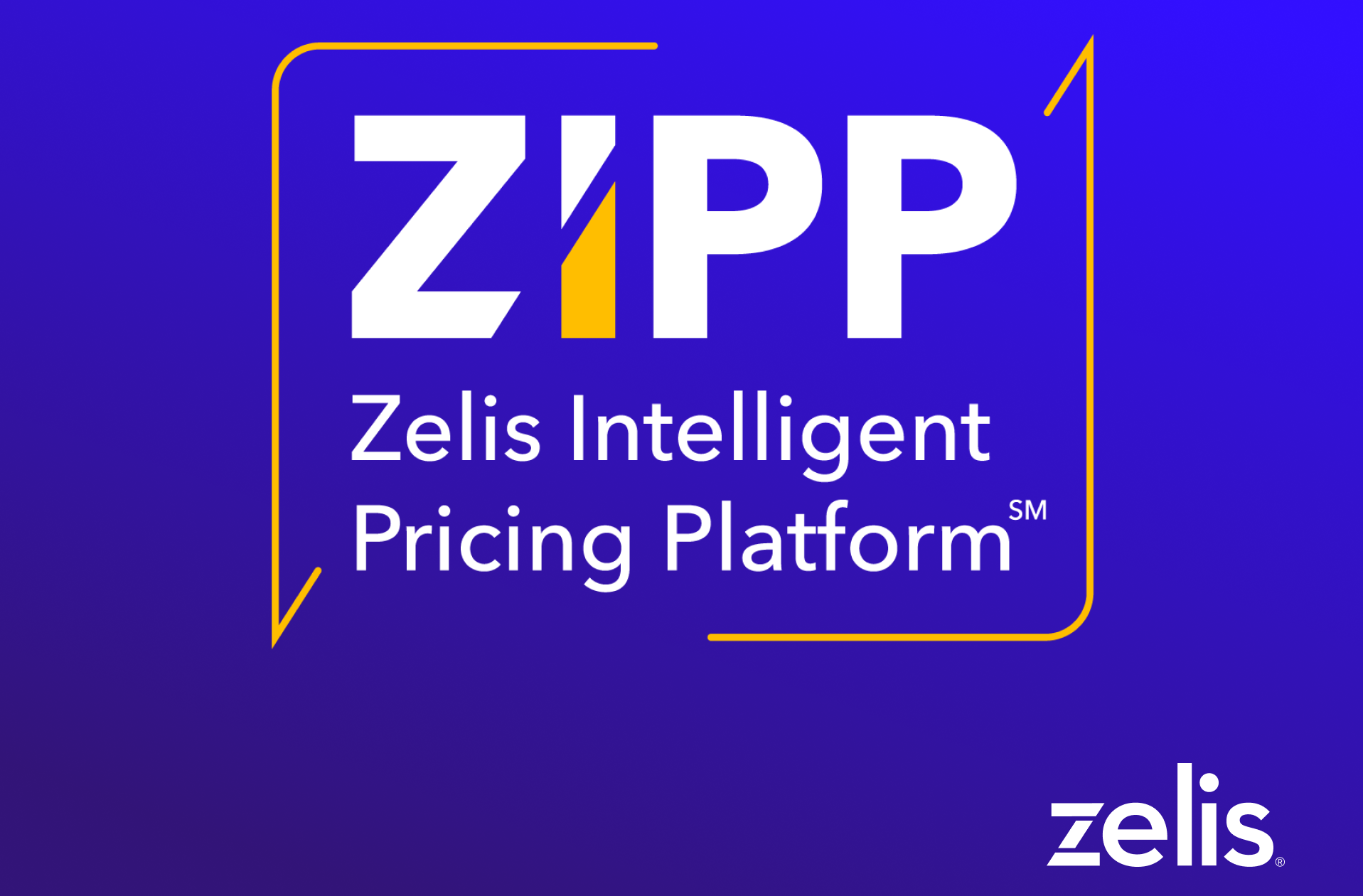It’s time to modernize healthcare digital payments.
The White House recently released an executive order (EO) called “Modernizing Payments To and From America’s Bank Account.” The EO mandates the transition of all Federal disbursements and receipts to electronic payments to enhance efficiency, reduce costs and improve security.
With this new EO, I’m really hoping for a Baader-Meinhof effect – the phenomenon that results in people noticing something simply because they’re more aware of it. That’s because our industry stands to benefit significantly from modernization efforts. We are so close to more modernized healthcare payments – it will just take a little more recognition that change is possible.
The True Cost of Manual Payment Processes
Our healthcare system has long held the potential for cost savings by reducing inefficient administrative tasks. In the medical sector alone, CAQH reports that U.S. healthcare administrative costs surged from $55 million in 2022 to $82.7 million in 2023. Understandably, many provider practices, hospitals and health systems are still reeling from the pandemic’s financial and operational impacts.
And things are not easing up. In a recent industry survey, eight-out-of-ten respondents expected hospital and health system costs to rise by at least 15% in the next six months. Additionally, the healthcare industry has continued to face labor shortages post-pandemic. These shortages have led to higher workloads, with healthcare workers facing 2.2 to 2.9 times the burnout risk of an average worker.
Given the fragmented healthcare payments system, reducing administrative waste in healthcare seems like it would be slow to materialize. However, progress is possible.
The Case for Digital Payments
Per the CAQH Index Report, automating workflows can save three minutes per payment transaction and four minutes per ERA transaction. This not only improves efficiency and reduces burnout but allows providers to dedicate more time to patient care.
And, as highlighted in the EO, eliminating paper-based payments can reduce the risk of fraud, theft and loss associated with physical checks. Industry-wide, a $449M cost savings opportunity exists, which could create savings for payers that can be passed to members.
Partnership Leads Progress
The EO highlights the need for collaboration between various departments and agencies to support the transition to digital payment methods. Similarly, a collaborative approach involving a technology partner versed in healthcare industry standards is essential for efficient financial management between payers, providers and members.
Leveraging centralized payment systems with modern digital payment options (such as electronic funds transfer or EFT) can help payers and providers enhance efficiency by reducing the “noise” of manual tasks and multiple portals. Platforms that incorporate all payment and communication functions in a single portal can be especially effective.
The right partner can guide payers through their modernization journey at a suitable pace while managing the impact of industry changes.
Executive Order and a Strategic Imperative
The adoption of electronic payments, as outlined in the EO, is not only a strategic move to improve financial management, but necessary to align with broader efforts at modernizing financial systems. A transition of this type for our industry will ultimately lead to a more secure, efficient and cost-effective healthcare system that benefits all.
CAQH found that manual tasks are increasingly expensive while electronic tasks are becoming less costly. This translates to a 12% cost-saving opportunity of $18.4 billion industry-wide. Payers and providers have the opportunity to operate more lean and ready themselves for future tech changes through a modernized payments system.
Industry Momentum: A Better Tomorrow
Modernizing systems and processes where unnecessary friction exists can significantly improve the healthcare experience for all. By reducing inefficiencies and administrative waste, providers can offer quicker care with more attention to patients, minimizing delays and increasing positive outcomes. For payers, cost savings can help keep care accessible and affordable for members. And collectively, these improvements can lead to greater member satisfaction and retention.
The complexities of the current healthcare system detract from care. Automating some of these complex processes, such as payments, will allow us to refocus our time and talent on what matters most: Patients.
Learn More
Luckily, the future of digital healthcare payments is already here. The Zelis Advanced Payments PlatformSM (ZAPP) can help your organization save time, lower costs and deliver transparent experiences– now and into the future.




